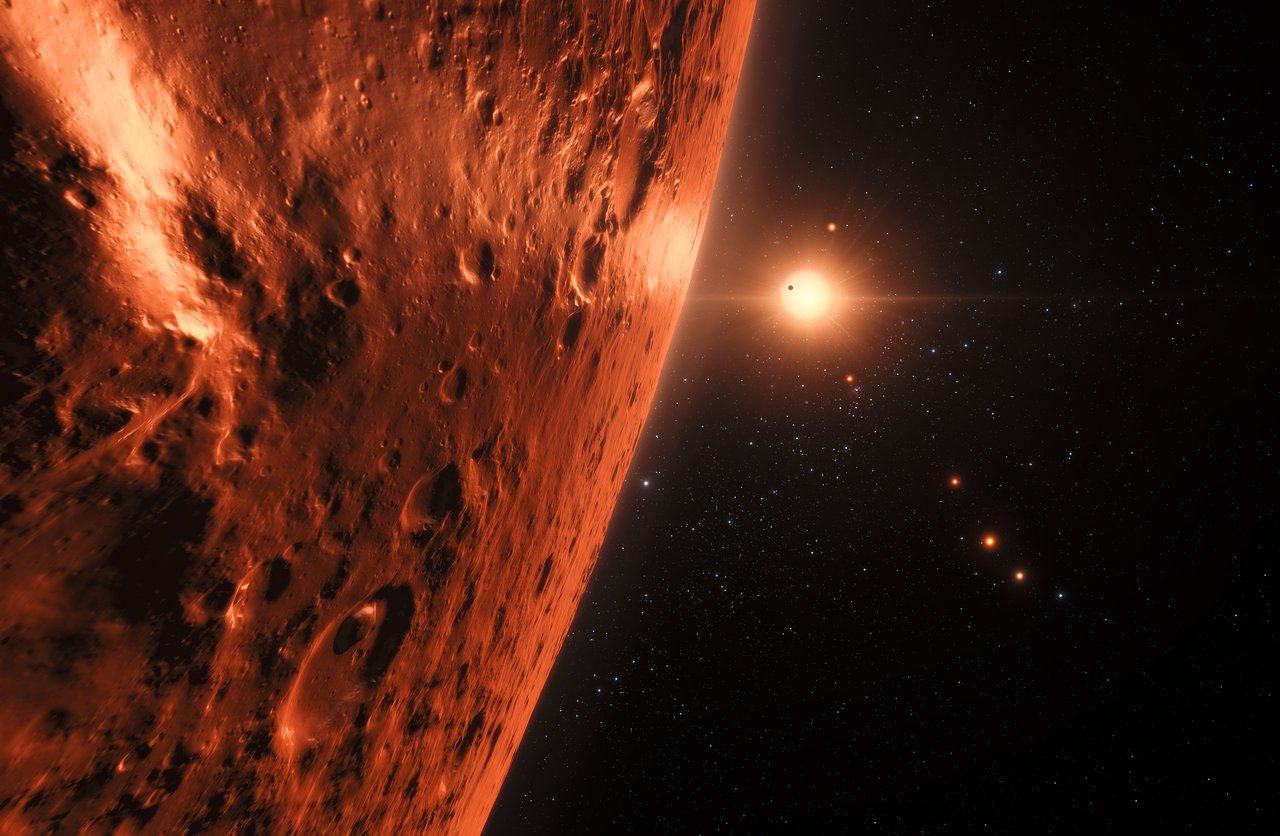According to the most widely held astronomical model (the Nebular Hypothesis), new stars are born from massive clouds of dust and gas (aka. a nebula) that experience gravitational collapse. The remaining dust and gas form a protoplanetary disk that encircles the new star, which slowly accretes to form systems of planets. For the past decade, astronomers have relied on the Atacama Large Millimeter/submillimeter Array (ALMA) in Chile to study young stars and their disks and learn more about how this process occurs.
In a recent study, an international team of astronomers used ALMA to capture high-resolution images of eight protoplanetary disks in the Sigma Orionis cluster, a group of stars located in the constellation Orion. During their observations, the team found evidence of gaps and rings in most of the disks, which are potential indications that giant planets are forming. This was surprising, seeing as how these disks are irradiated by intense ultraviolet (UV) radiation from a massive star in the cluster. Their findings suggest that planet formation can occur in conditions that were previously thought to be inhospitable.
Continue reading “Planets Can Form in Even the Harshest Conditions”



